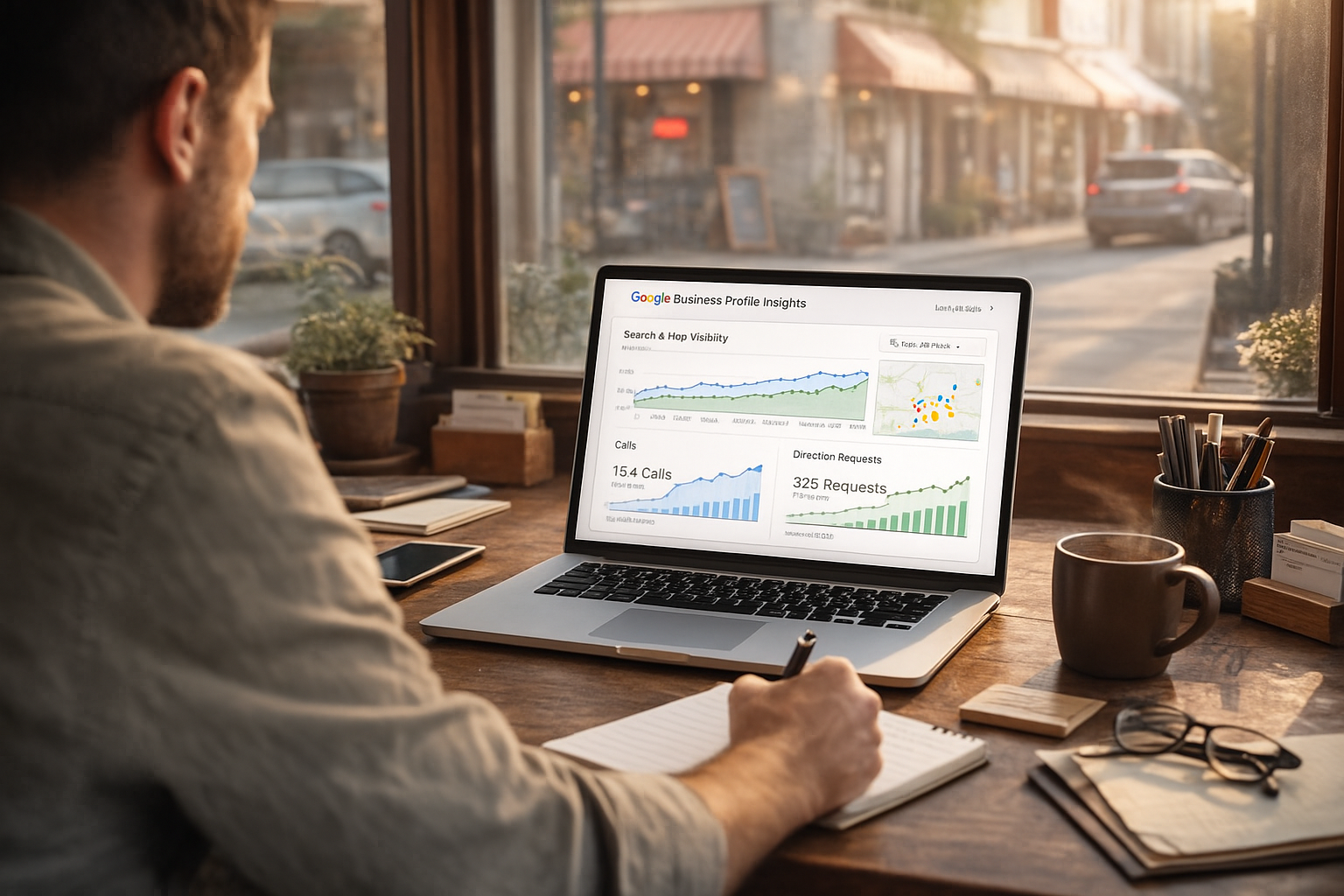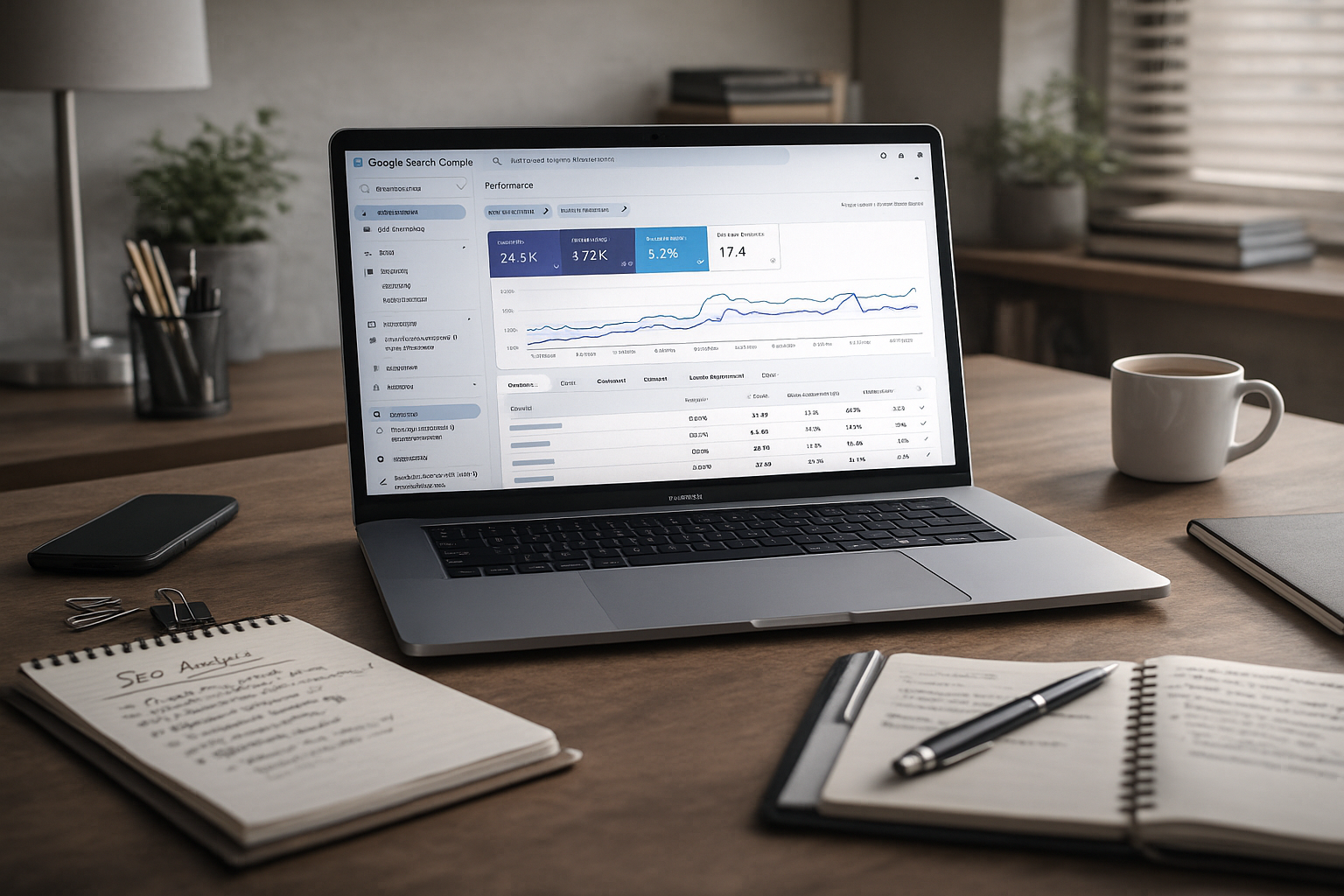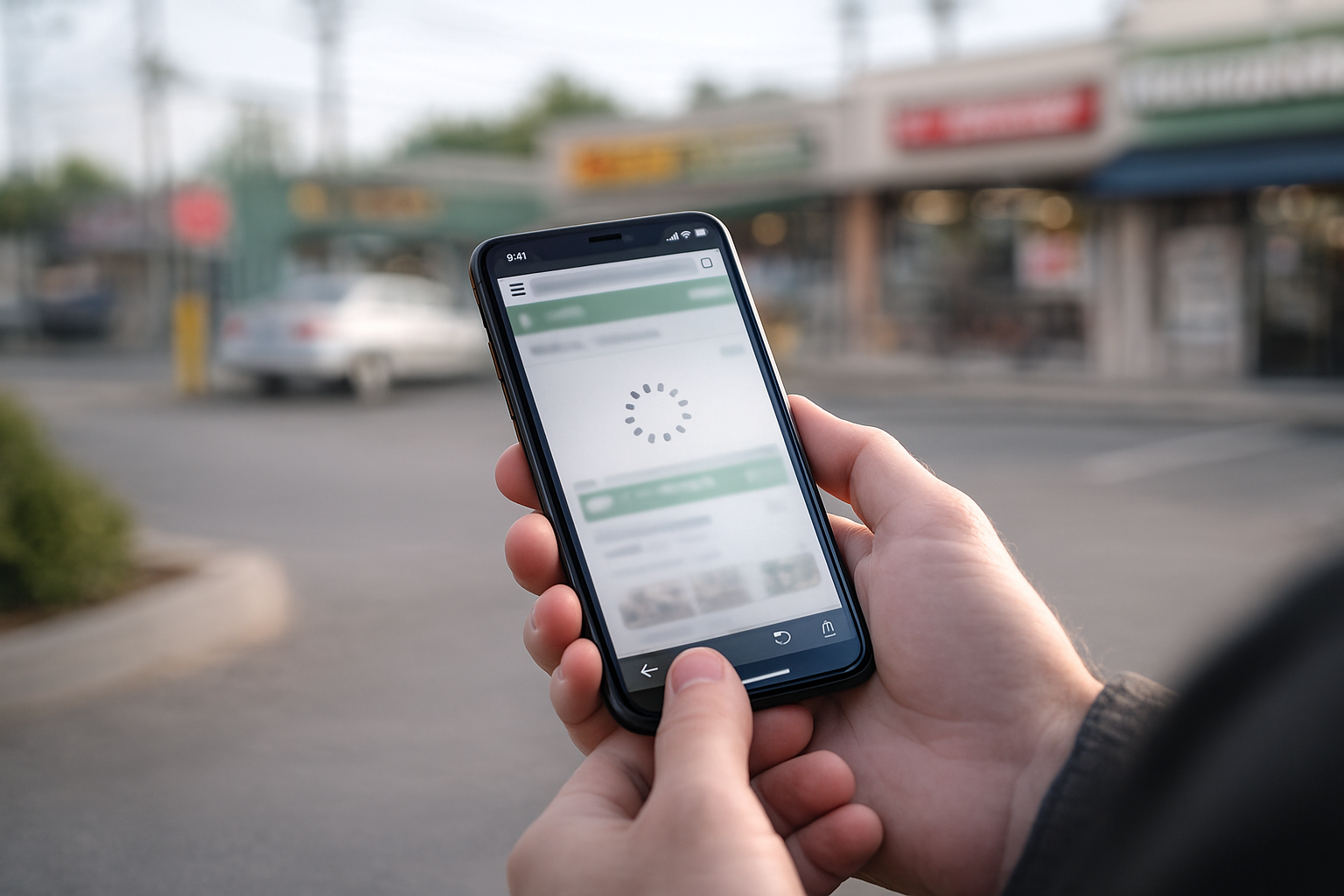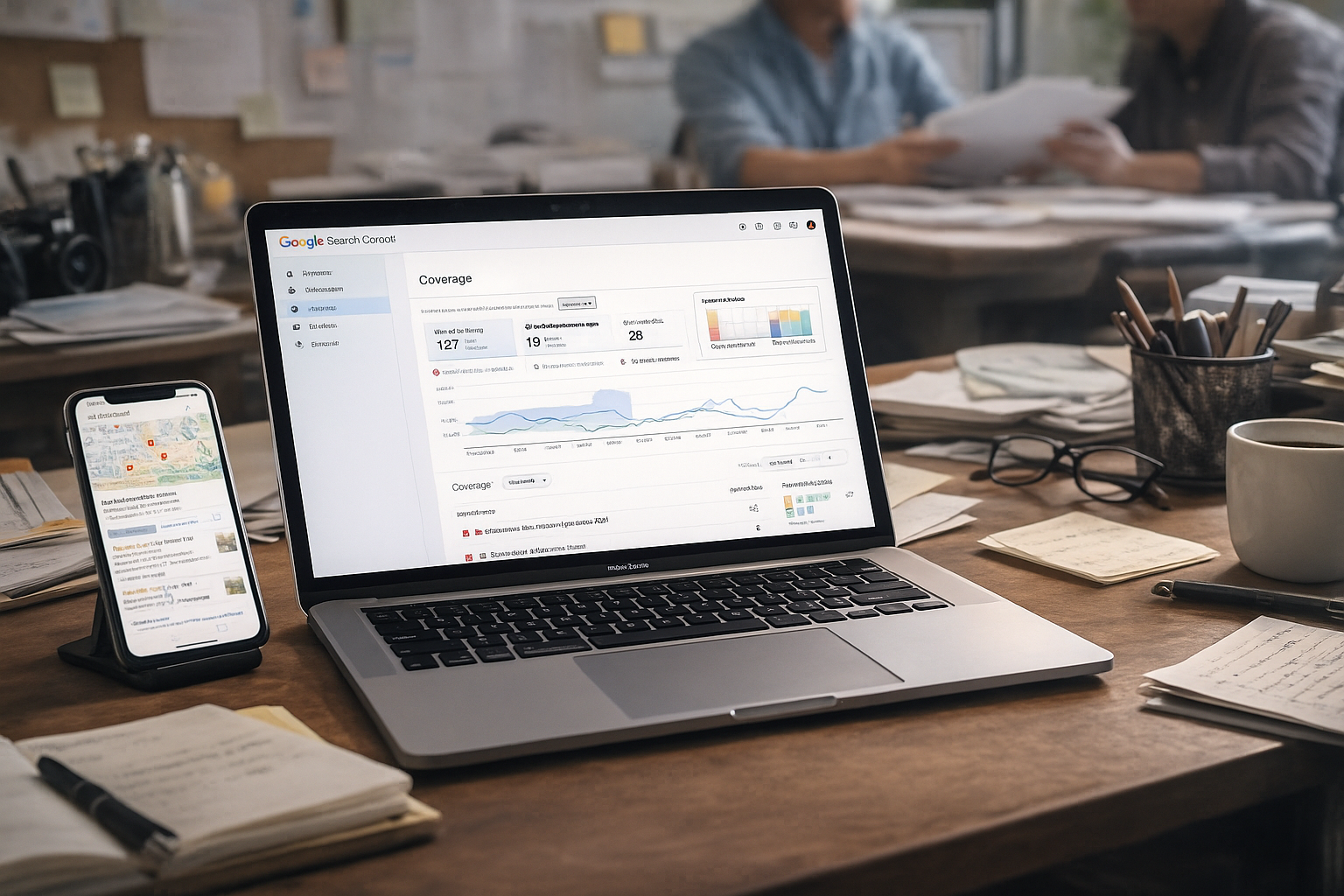How much do Local Service Ads cost?
Local Service Ads (LSAs) represent a significant shift from traditional pay-per-click (PPC) advertising, giving home service businesses and other local providers a way to pay only for qualified leads, not clicks or impressions. As digital marketing evolves, understanding the real costs of LSAs and how they compare to other advertising models is more critical than ever for businesses aiming to maximize returns and minimize waste. In this guide, GetPhound breaks down every aspect of LSA costs, providing transparency, practical tips, and actionable insights for business owners hoping to grow.
What Are Local Service Ads?
Local Service Ads are special ad units offered by Google that appear at the top of search results for service-based queries in a specific geographic area. Unlike traditional PPC ads, LSAs are billed on a per-lead basis—Google charges you only when someone contacts your business through the ad. This contact could be a phone call, message, or booking request.
- LSAs cater to local businesses such as plumbers, electricians, HVAC technicians, and financial advisors.
- When users search for urgent services like “emergency plumber near me,” LSA units display above standard search ads and organic results, driving high-intent leads directly to the advertiser.
- Features such as the Google Guarantee badge boost trust and conversion rates.
Because LSAs focus on leads rather than traffic, costs become directly linked to real business outcomes, making it easier to understand ROI.
How Does Pricing Work for Local Service Ads?
Google’s LSA pricing structure is fundamentally different from the traditional cost-per-click (CPC) model, adopting a cost-per-lead approach:
- You set an average weekly budget based on how many leads you wish to receive, with Google calculating a monthly maximum so you never exceed your spend.
- Each valid lead generated through LSAs incurs a charge, with costs varying by job type, location, and level of competition.
- You can also specify your bidding mode, choosing to set a maximum you're willing to pay per lead—this can help control costs in highly competitive markets.
- Advertisers only pay for leads that meet Google’s definition of a “valid” inquiry, not for every click or impression their ad receives.
This dynamic, performance-based model means you maintain granular control of spending while focusing on real, local leads that drive business growth.
Typical Cost Ranges: What Do Local Service Ads Cost Per Lead?
The cost per lead for LSAs varies significantly based on geography, industry, and market demand. Here's a breakdown of current industry data:
- Typical cost per lead: $25–$45 for most industries and locations.
- Broader average range: $5 to $130 or more per lead, depending on the service type and market competition.
- Higher-demand services (e.g., plumbing, HVAC, emergency repairs): $50–$130 per lead is common in competitive metro areas.
- Lower-demand, niche, or less competitive services: Leads may fall in the $5–$30 range.
Pro tip: Use Google’s built-in LSA Cost Calculator to get industry- and region-specific estimates.
What Factors Influence the Cost of Local Service Ads?
Several key factors determine how much your business pays for each LSA lead:
- Industry: Sectors with higher customer lifetime value, such as legal or home improvement, usually see higher lead costs.
- Location: Major metropolitan areas and affluent neighborhoods generate more costly leads due to greater competition.
- Service type and urgency: Emergency or seasonal services have a higher cost per lead in peak periods (e.g., “emergency plumber” in winter).
- Lead type: Phone leads may cost more than message-based or booking leads.
- Competition and bidding: The more businesses bidding for a spot, the higher the cost tends to be due to Google’s auction system.
Understanding these drivers helps you better predict and manage your LSA budget for sustained, profitable growth.
How Does Budgeting Work With Local Service Ads?
Budgets for LSAs are highly flexible and can be adjusted as market dynamics change:
- Weekly budget: Set how much you want to spend on leads each week based on your business goals and projected lead volume.
- Monthly cap: Google automatically multiplies your weekly budget by the average number of weeks in a month, ensuring you never exceed your desired monthly limit.
- Adjustments: You can increase or decrease your budget or pause your campaign at any time without fees or penalties.
- Lead estimates: Google provides predicted ranges of leads you will likely receive for your specified budget, so you can plan growth projections realistically.
This level of control enables both small businesses and large service providers to fine-tune ad spend in real time.
Maximize ROI: Tips for Managing Local Service Ad Costs
Effective LSA campaigns require active management and optimization:
- Select a wide service area: Broader targeting often increases eligible searches, giving Google more chances to deliver you quality leads.
- Offer all services you perform: List every service you might offer to maximize your match frequency.
- Encourage satisfied customers to leave reviews: Higher Google ratings can improve ranking and lead quality, helping you stand out over competitors.
- Respond quickly to inquiries: Google tracks response time as a ranking signal for LSAs, rewarding responsive businesses with better visibility and lower lead costs.
- Track lead quality: Regularly review leads in your dashboard—dispute unqualified leads for possible refunds or credits.
- Monitor and refine: Analyze which services and locations generate the best ROI and shift budget accordingly.
These tactics not only control cost but also enhance conversion rates and return on ad spend over time.
Are There Any Additional Fees With LSAs?
The core charge for Local Service Ads is the per-lead fee—there are no ongoing monthly platform fees, subscriptions, or required long-term commitments from Google.
However, some optional costs can arise:
- Setup or management fees: Many digital marketing agencies, including those with expertise in LSAs, may charge a one-time onboarding fee.
- Ongoing management/consulting: Flat fees or a percentage of ad spend are common for ongoing LSA management and optimization. This is often justified by the need for tracking, reporting, and optimizing for lead quality, not just volume.
- Landing page or site optimization: Improving conversion rates through better web design or landing page creation may increase your ROI even if it adds to initial costs.
GetPhound’s value-driven approach, focused on impact, affordability, and transparency, helps local businesses minimize unnecessary expenditures while maximizing the qualitative results of their ad spend.
Tools and Resources to Estimate and Control Your LSA Spend
To help businesses project and manage their LSA budgets, Google provides integrated tools within the Local Services Ads dashboard:
- LSA Cost Calculator: Customize expected cost and estimated number of leads based on your location, service type, and budget.
- Reporting dashboard: Real-time analytics display total spend, lead types, booking rates, and more to help track campaign performance.
- Automatic budget enforcement: Google pauses your campaign automatically if you hit your monthly cap, so you never overspend.
These tools offer the visibility and set-and-forget budgeting that busy local service providers appreciate.
Real-World Examples: What Do Businesses Actually Spend?
Examining current real-world data for LSA costs highlights trends and helps set realistic expectations:
- *Home improvement: $50–$130/lead in metropolitan markets, especially for urgent or high-value jobs.
- *Financial advisors: $1,170–$1,760/month for 10–15 leads in a competitive city like Orlando.
- Legal/advisory services: Costs per lead often skew toward the upper end of the spectrum.
- Small, local studios (e.g., fitness, wellness): Generally lower at $15–$35/lead, except in densely populated or affluent areas.
These examples show that a thoughtfully managed LSA campaign, optimized for quality and volume, can deliver sustainable growth at a predictable cost.
Is Investing in Local Service Ads Worth It?
When compared to other digital marketing channels, LSAs offer several compelling advantages:
- High lead quality: Customers searching via LSAs typically have strong purchase intent, resulting in higher conversion rates.
- Predictable, controllable costs: Pay only for valid leads, with flexible budgeting and no hidden fees.
- Trust signals: The Google Guarantee badge and visible reviews can drive more engagements and higher closing rates.
- Strong ROI potential: Businesses commonly see returns of $2 or more for every $1 spent when campaigns are managed strategically.
For most local businesses, the unique blend of transparency, efficiency, and performance makes LSAs a strong candidate for lead generation.
GetPhound’s Expert Approach to Local Service Ads
Understanding how much Local Service Ads cost—and how those costs are determined—is the first step to running a high-performing, budget-controlled digital campaign. By leveraging the tactical insights above and working with a responsive, transparent partner like GetPhound, businesses can capture more local leads, grow more predictably, and spend smarter online.
With a 100% U.S.-based team, no contracts required, and a relentless focus on maximizing ROI, GetPhound is here to support your next phase of digital growth through effective Local Service Ads management. Whether you’re new to LSAs or looking to optimize your existing campaigns, there’s no better time to get found—efficiently and affordably—where your customers are searching.












